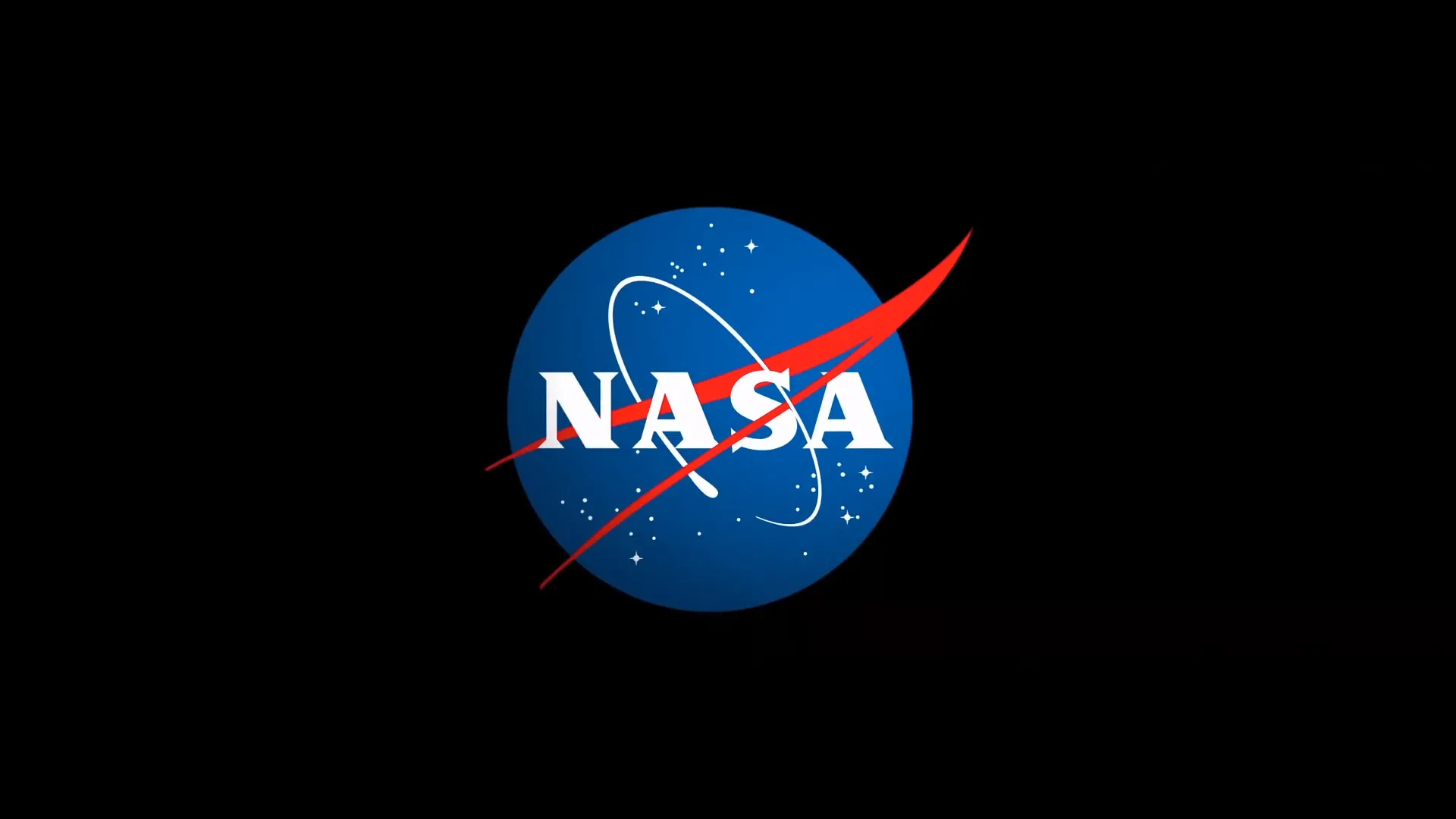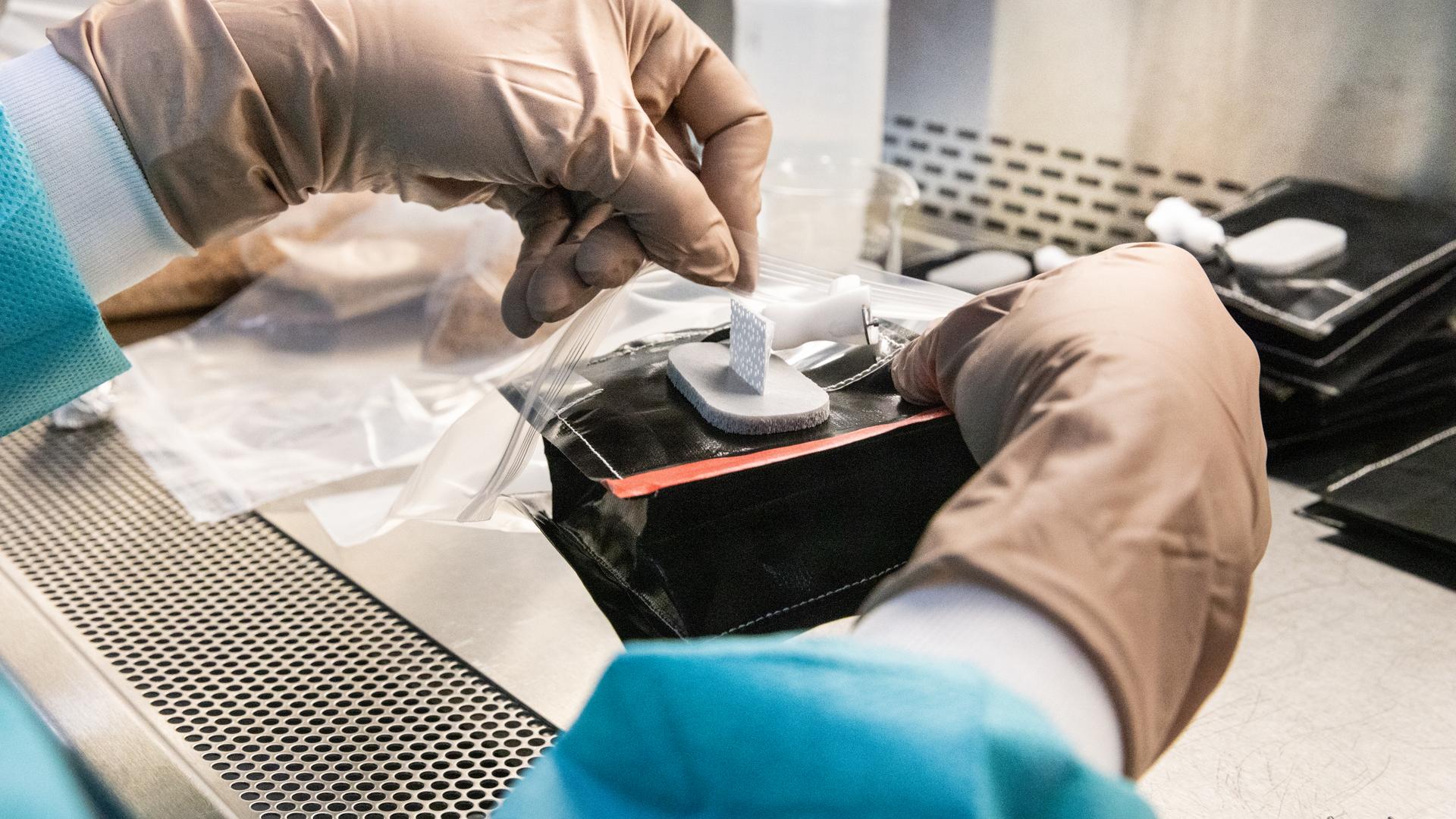Now Reading: NASA Invites Industry Input on Lunar Fission Power Plans
-
01
NASA Invites Industry Input on Lunar Fission Power Plans
NASA Invites Industry Input on Lunar Fission Power Plans

Fast Summary
- NASA has issued a Request for Data (RFI) too industry regarding the growth of a fission surface power system capable of generating power on the Moon and Mars as part of its broader plans under the Artemis missions.
- The proposed nuclear reactor, intended for deployment on the Moon by the mid-2030s, aims to support lunar exploration, provide power generation on Mars, and enhance national security in space.
- Fission systems would deliver at least 100 kilowatts of continuous electrical power with less than 15 metric tons in mass and utilize a closed Brayton cycle to convert heat into electricity.
- The designs will be developed collaboratively with industry to ensure efficiency and reliability under diverse conditions such as areas without sunlight or extended lunar nights lasting over 14 Earth days near the poles.
- Building on NASA’s decades-long experience with nuclear technology in spacecraft and rovers, this initiative seeks commercial input to innovate solutions that could bolster future human exploration beyond Earth.
- Responses from industry experts are due by August 21. Selected concepts may inform opportunities later this year.
Indian Opinion Analysis
NASA’s plan for deploying fission-based surface power systems signifies an important step in utilizing sustainable energy sources for deep space missions. For India – which maintains ambitions around its own lunar program through ISRO – such technological advancements set benchmarks that can inspire similar innovation aligned with India’s capabilities. while NASA’s collaborations primarily target insights from U.S.-based industries, they underscore an essential pathway other nations may consider for achieving reliable off-world energy solutions.
India’s Chandrayaan missions have demonstrated expertise in low-cost space exploration; though, further investments into advanced energy-generation technologies like nuclear reactors could help extend mission longevity and operational capabilities. globally cooperative efforts may emerge as critical opportunities given shared goals around expanding human presence across extraterrestrial environments.
India should closely observe how frameworks like private-public partnerships enable large-scale collaboration between governments and industries-highlighting productive approaches applicable within its context.Advances originating from initiatives such as this also emphasize that early research commitments toward long-term goals are indispensable when shaping successful programs spanning decades.
























